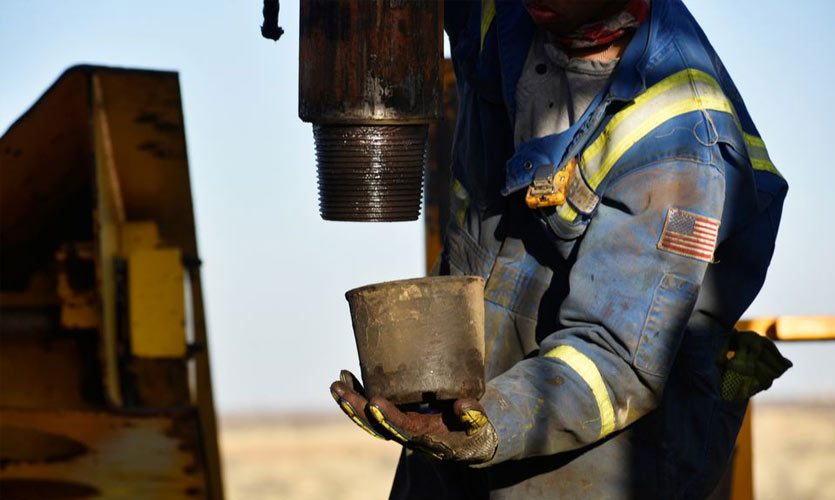The Delta variant of coronavirus continues to impact the path of economic recovery. Oil prices today steadied after four days of decline. This has raised investors’ concerns about the future demand for fuel, as rising COVID-19 cases are causing increased infections and hospitalisations yet again, leading to tighter restrictions on the use of rail, air and other forms of transport.
The London-based international benchmark used for oil pricing, Brent crude, saw a decrease of 0.1 percent at $68.98 a barrel around 01:39 GMT. Prices had already fallen by 0.7 percent on August 17. The United States’ West Texas Intermediate (WTI) oil dropped 0.1 percent to $66.53 a barrel, after dropping 1 percent in the previous session.
As of 06:49 GMT, Brent crude was up 56 cents or 0.8 percent at $69.59 a barrel. US oil gained 50 cents or 0.8 percent to reach $67.09 a barrel.
China’s economy had bounced back to pre-pandemic levels, however, with new COVID cases, China’s factory output and retail sales growth slowed sharply and missed expectations in July. The International Energy Agency’s report states that demand has stalled and the dwindling crude oil imports by China, the world’s largest crude oil importer, are at a 15-month low.
The fresh outbreak in China, as well as the weak economic data in China and the US, has led to the increase in the US’ crude rig count and strong dollar prices, disappointing market expectations. According to ANZ Research, a stronger dollar is expected to affect commodities across the board, with metals and precious gold in particular just as “equally fragile” as oil.
“In the short-term, the oil market may be volatile with frequent pull-backs as crude prices are beginning to struggle as demand in Europe and India faces headwinds,” said Avtar Sandu, senior manager of commodities at Phillip Futures, Singapore.
India is currently implementing a new policy that aims to sell oil to state-run refiners from its Strategic Petroleum Reserve (SPR). This policy will help commercialise federal storage by leasing out space. The Indian Strategic Petroleum Reserves Ltd. (ISPRL) is in charge of managing the federal oil inventories, and will lease 30 percent of its overall 37 million barrels capacity to Indian and foreign companies.
Read more: Why Do Fuel Prices Continue To Skyrocket? All You Need To Know
Last year, the ISPRL filled the SPRs with cheap oil. In India, the world’s third-biggest oil importer with consumer imports over 80 percent of its oil needs, the latest policy of commercialisation of its SPRs are similar to the models found in countries such as Japan and South Korea.
The US has been ramping up shale productions that are expected to rise to 8.09 million barrels a day, the highest since April 2020, according to the Energy Information Administration. Production in the Permian Basin is set to reach its highest since March of last year, the agency said.









